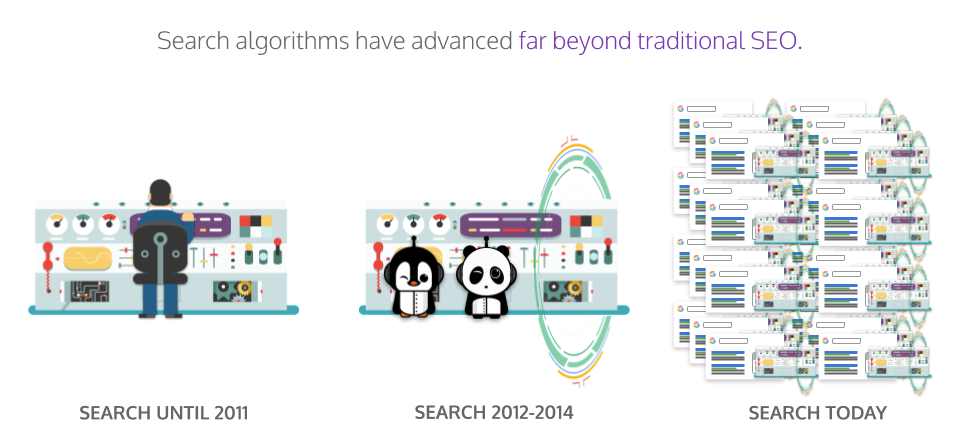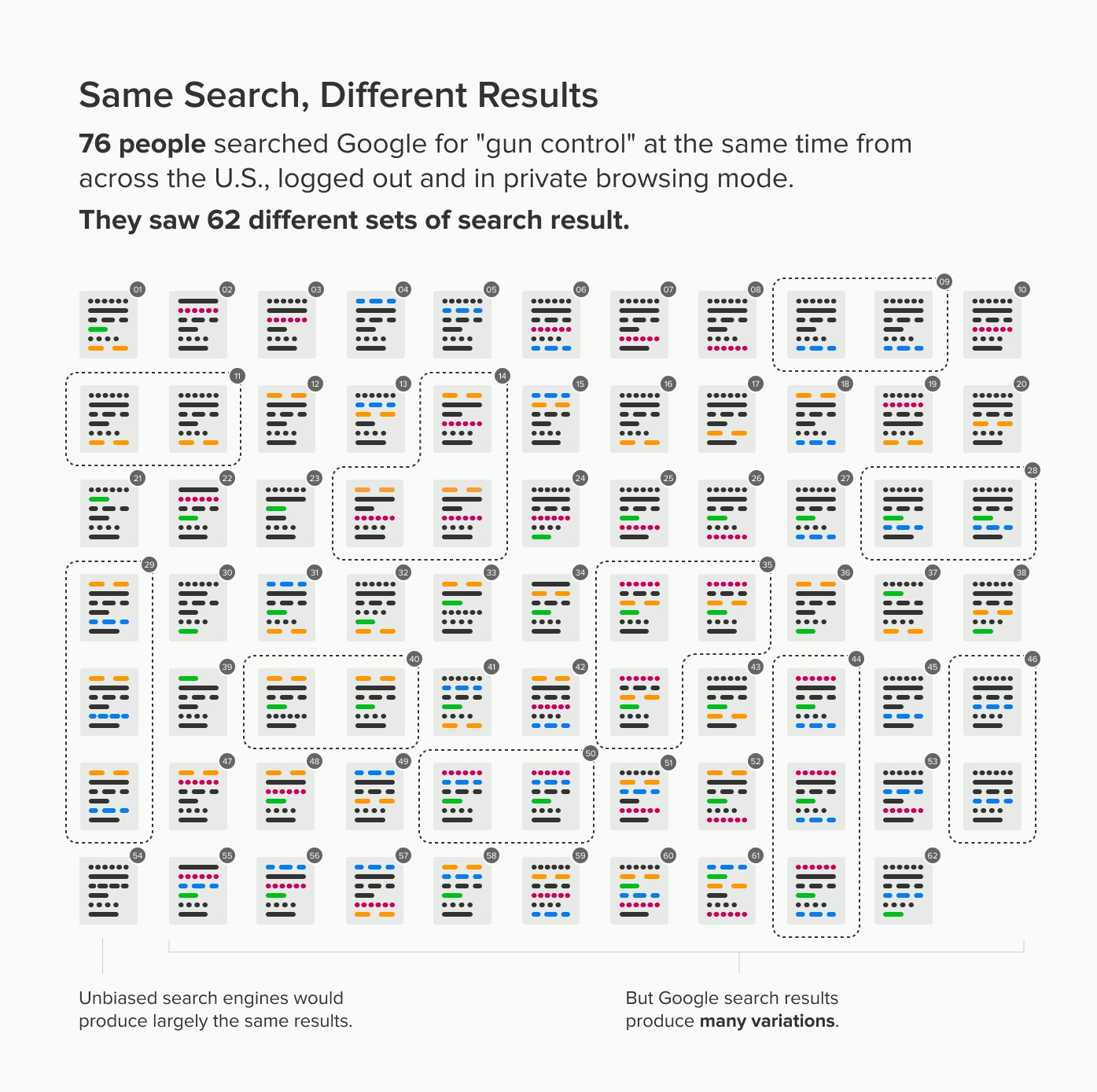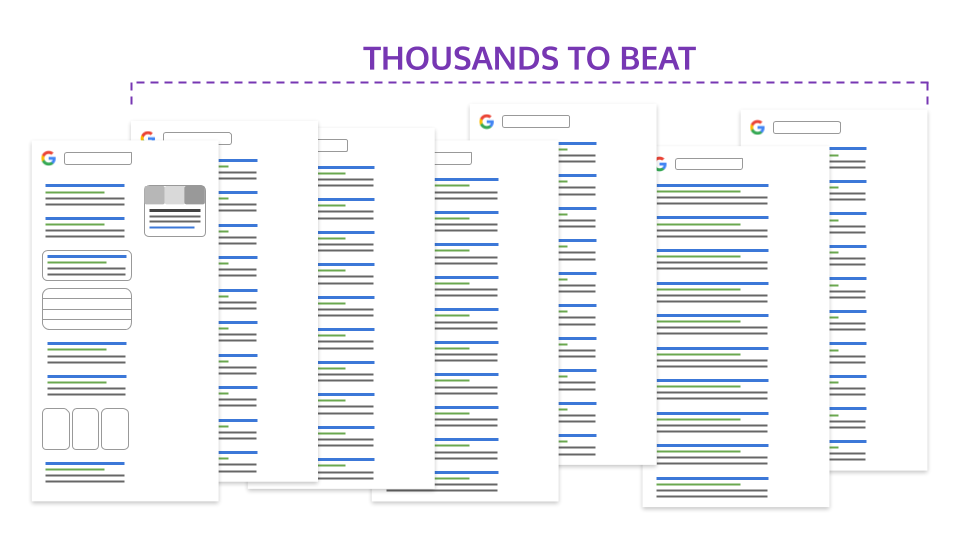The Secret to Modern SEO: How to Win Traffic and Drive ROI in the Era of AI
Today, more than ever, marketers need cost-effective, reliable solutions for driving qualified traffic to their websites. Every dollar is important: Marketers with limited resources are reluctant to spend time or money on anything that is complicated or unpredictable, but even those with large budgets must demonstrate ROI.
Which brings me to SEO. To some marketers, it seems like a risky investment. Maybe you paid an SEO consultant once, or hired an agency, and saw little to no results. Or perhaps you knew how to “do” SEO 10 years ago, but now everything has changed and you don’t even know where to begin. (You may even be wondering if you really need SEO.)
The good news is while SEO has changed dramatically, it is actually far simpler and much more beneficial than ever – if you’re willing to look at it from an entirely new lens.
SEO: Everything Has Changed
SEO used to mean trying to keep up with Google’s latest algorithm changes, because ranking factors were universal.
They were universal, because Google’s engineers would develop an algorithm update to provide better search results, test it, and release the update. The algorithm worked the same for every query, on every device, from every user. Marketers would then try to decode Google’s algorithm and come up with a prioritized list of ranking factors, until a new update was announced.

However, Google understood that the content characteristics—and thus ranking factors—that were important to someone searching “pizza” (purchase intent, physical location, timeliness, price, short content, etc.) wasn’t the same as what was important to someone searching “learning management system” (learn intent, long-form content, etc.).
So, in 2015, Google began using RankBrain, a machine-learning (ML) algorithm that helps to process search results. With ML, humans don’t teach a computer how to do something with specific programming; rather, a computer teaches itself how to do something. So, ML can do what a team of engineers cannot: it can monitor every single search, and adjust and teach itself what to do on the fly.
Machine learning allows the algorithm to constantly monitor user behavior and adjust ranking factors in real time to provide the best organic results for each query, user, device, etc.

Which means, today, there may be different ranking factors for each of the 40,000 queries that Google processes every second of every day. Even as far back as 2016, the writing was on the wall regarding the futility of chasing ranking factors:
“Today, each industry, or even each individual search query, has its own ranking factors. And these are in constant flux. This is due to the development and application of machine learning algorithms, which now contribute to Google’s evaluation of websites and search queries.” Source: Searchmetrics
And, because of Google’s personalization and localization features, most people get a unique set of search results, even if they all use the same search term.

It never was easy to keep up with changing algorithms, but now it’s impossible.
Today, Google’s machine learning-based search engine algorithm constantly evaluates queries and search results in order to provide what it has determined are the most helpful results for any search query.
Now You Can Skip the Algorithm Craziness
All of this may seem to imply that SEO is more complicated than ever … but the opposite is true!
Today, you can skip the algorithm craziness, because it’s impossible to adjust your content or website for factors you cannot see. An SEO strategy that’s still tied to how Google’s ML-infused algorithm operates is like a house built on sand: shifting, unstable, and unpredictable.
What is clear is that Google’s algorithm updates are designed to do two things:
- Discourage people from “gaming” the system.
- Provide the best experience for searchers.
So what should an SEO strategy focus on? It makes sense to re-think the tactics of constantly chasing the algorithm and, instead, focus on a strategy of meeting and exceeding the users’ needs by providing the best user experience.
Google has always prioritized the user experience, but it now has a better and more nuanced understanding of what constitutes a great user experience. There are at least five elements that help determine which results are prioritized for a search query:
- Meaning of query (the user’s intent behind the query)
- Relevance of web pages (the content of a webpage and its relevance to a query)
- Quality of content (expertise, authoritativeness, trustworthiness)
- Usability of web pages (ease of use on mobile and desktop devices)
- Context and setting (a specific user’s location, past search history and search settings)
Smart marketers will look at the list above, and base their SEO content strategy on research that aims to understand the needs of their users, in order to create the most helpful content and an excellent UX.
“Just OK” content won’t cut it; the only way to win at SEO is to generate more traffic than your competitors. And the only way to do that is to produce content that is better than the best content already out there.
It’s not enough to delight the user. Your content must be better than all competitors’ content.

A Strategy that Transcends Algorithm Changes
A modern SEO strategy with a focus on meeting and exceeding the users’ needs will succeed in spite of any future algorithm changes.
Here are some basic steps to put you on the road to algorithm independence:
- Research the competition. Study the top organic search performers and examine every part of the top-performing content to learn about the content itself and how it is presented.
- Improve on their content. In order to begin earning traffic, provide a better user experience and better content than your competitors.
- Continually monitor the landscape. Look for new content from competitors, evaluate it, and create something to beat it. If your content currently is ranked #1, make sure your content and website experience stays better than who is in the #2 spot.
- Repeat.
This may be a different process than most marketers are used to when it comes to creating SEO content. But what most marketers are used to probably isn’t driving rankings and traffic anymore.
Start Winning in the New SEO Landscape
This new process is not easy, but it is simple: Instead of a convoluted, wide-open mess of tactics that a marketer could chase in many directions, now it’s actually possible to figure out what to do in order to grow your organic traffic.
Focus on doing a better job of delighting users than everyone else. That is the foundation of SEO growth today.
Want to learn more about how Profound Strategy can help you craft SEO-certified content that can stand the test of time? Contact us to speak with one of our SEO strategists today.
What's Next?
Profound Strategy is on a mission to help growth-minded marketers turn SEO back into a source of predictable, reliable, scalable business results.
Start winning in organic search and turn SEO into your most efficient marketing channel. Subscribe to updates and join the 6,000+ marketing executives and founders that are changing the way they do SEO:
And dig deeper with some of our best content, such as The CMO’s Guide to Modern SEO, Technical SEO: A Decision Maker’s Guide, and A Modern Framework for SEO Work that Matters.





